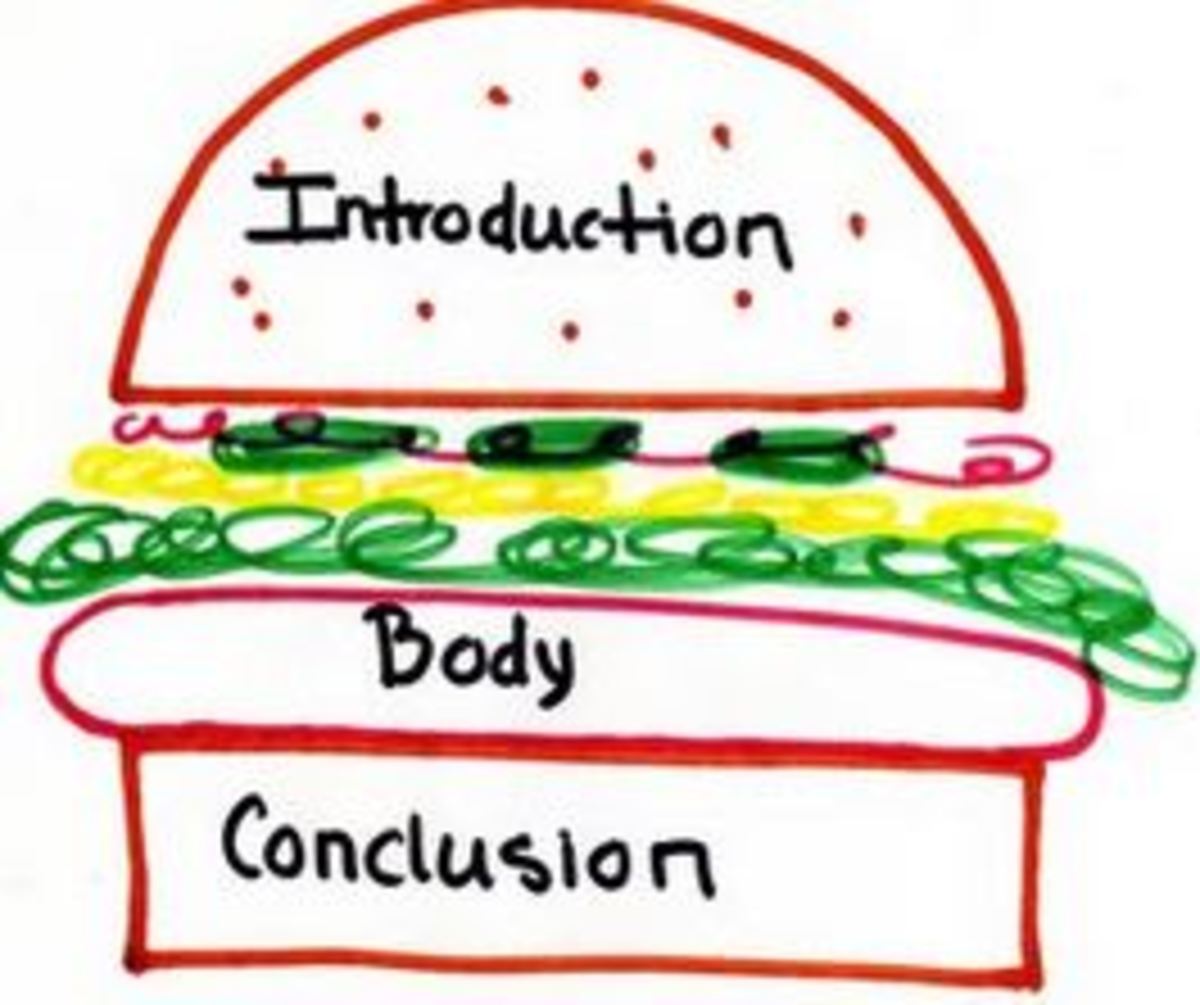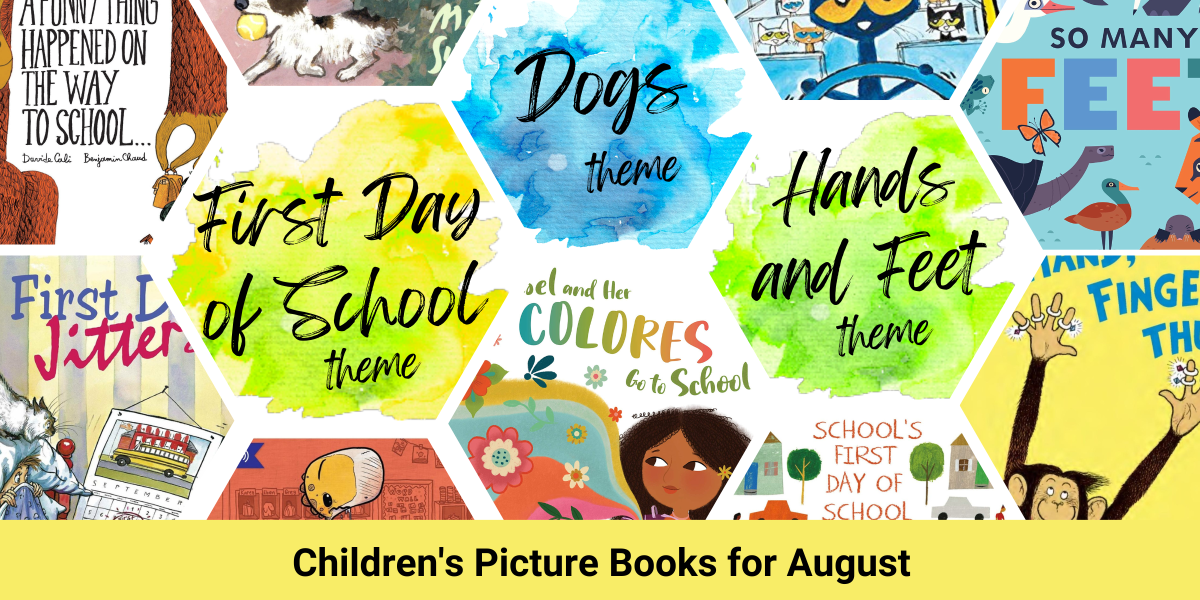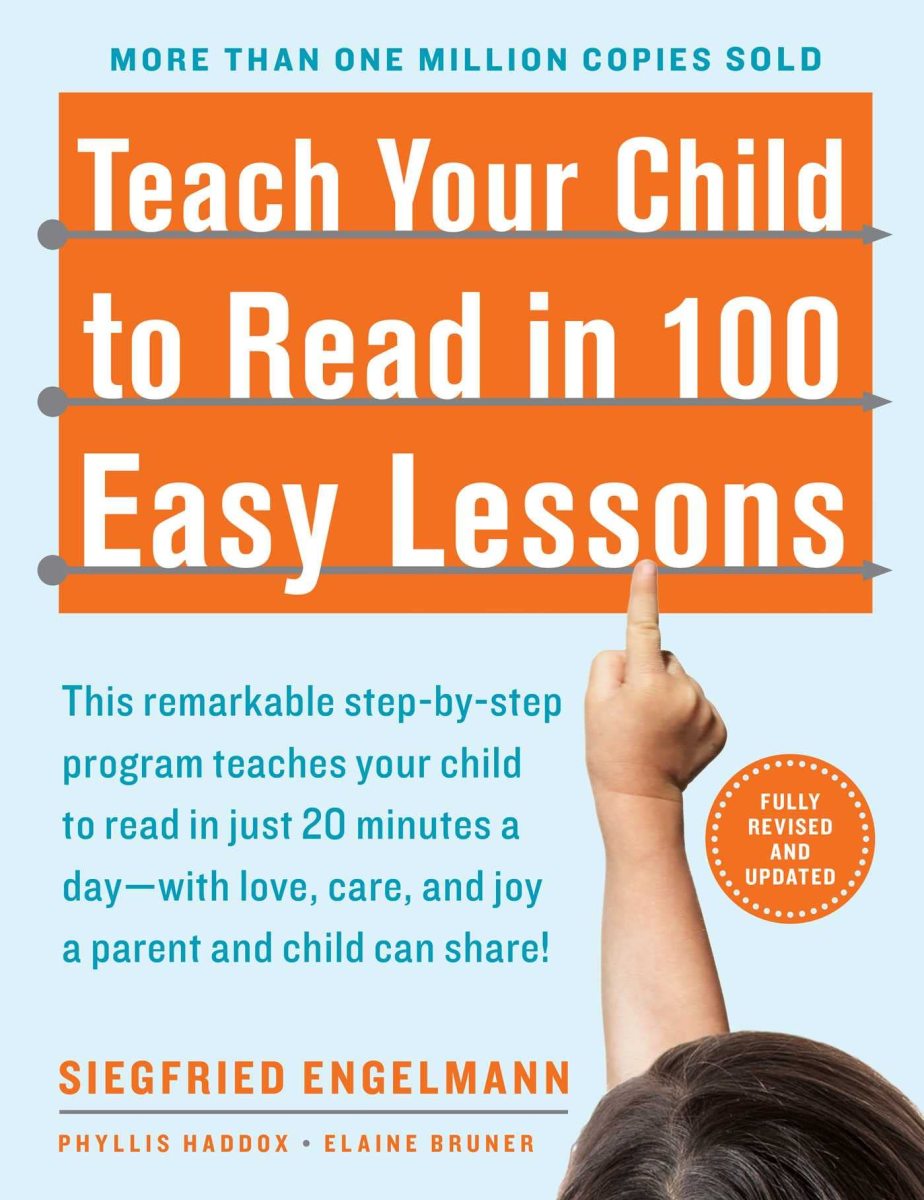- HubPages»
- Education and Science»
- Teaching»
- Lesson Plans
Teaching Letter Sounds and More!
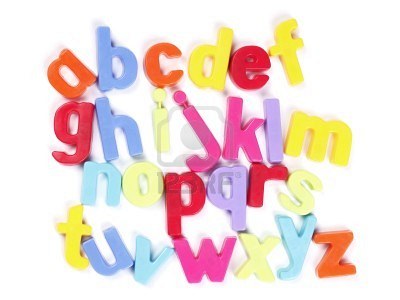
Instruction for Early Learners
The search to effectively instruct students, as they take their first steps learning to read and write, presents unique challenges for parents and educators. The big task for these young readers is to crack the code of print! We are confident that children need to know their letters and sounds, the function of print, as well as experience the enchanting meaning of text. The challenges we face to support a child’s early literacy journey stretches into many critical areas of literacy development. Oral language is very important and helps prepares children for reading and writing. Sharing rich literature introduces them to the structure of book language, and builds oral vocabulary. The world gets bigger and comprehension develops, as children learn to make connections to the stories they hear. They begin to take an interest in print and understand that it carries a message. Looking closer at the lines of text they ask questions about what it all means. Then comes the tricky part; instructing children about print to prepare them for reading.
Critical Skills and Strategies
There are many items of knowledge children must understand in order to read. Letter identification, phonemic awareness, sight words, and concepts of print are all critical for early learners. In order to provide effective instruction in reading it becomes necessary to demystify print. Young readers require explicit instruction to identify letters, and clarify an understanding of how print operates.
Ensuring early learners are provided with the best instruction to crack the code of print is critical. When students begin to explore the lines of text they will naturally begin make assumptions about how it works. Accurate information and clarification of the symbols and rules in language help to demystify print before confusions surface in the students’ understanding. Confusions will set the child back, as time is taken to identify and correct their learning. Creating instruction to effectively address the unique needs of early learners and differentiate instruction is tricky. It requires assessment and monitoring of specific concepts and skills that target all the critical areas of development.
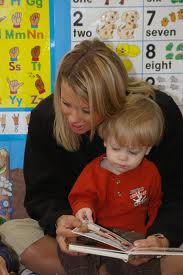
Struggling Readers
Children that are not taught how to operate letters and sounds will struggle with important reading and writing strategies. It is very possible for a child to know a letter but not know how to apply their knowledge when solving a word in reading. It is also a reality for a student to know a sound in reading, yet be unable to isolate the sound in writing. This lets us know there is more to learning letters than simply identification and sound recognition. Phonemic and phonological awareness, and concepts of print, are also necessary areas of instruction for early learners.
Identifying the skills and knowledge students have in place offers insight into necessary next steps in student’s learning. With explicit instruction in key areas it is possible to establish a foundation of print knowledge that supports a smooth transition into reading and writing. While some students may quickly acquire letter identification, the process of blending and segmenting sounds, for instance, is a practiced skill and requires consistent instruction in early literacy development.
Maximize Early Reading Instruction
There is much we must consider when seeking effective methods of instructing students. It is important to be a catalyst that supports and nurtures a motivation for learning. Instructional methods and strategies that motivate children are an essential ingredient in best teaching practices. That does not mean that every parent or educator has to be an entertainer. What it does mean is that, it is possible to deliver more effective lessons by maximizing instructional strategies. For instance, the example of reading with intonation and expression can convey a lot of meaning for teaching the conventions in print. Enthusiasm and props incorporated into lessons will help to engage a child's interest. Making connections to text and exploring other comprehension strategies is important to stretch the mind of students into higher order thinking.
The cluster of skills necessary to crack the code of print is a bridge of knowledge that prepares students for reading and writing. The bridge is built early and needs to be crossed watchfully with explicit instruction and assessment. The Ministry of Education Early Reading Expert Panel clearly states that "While developing oral language is a natural process, learning to read is not. Children must be taught to understand, interpret, and manipulate the printed symbols of written language." Preparing children for reading requires instruction in several areas research has shown to be important for early learners. It is not just about learning to identify letters and sounds. It is also about instruction in the important areas of phonemic awareness and concepts of print. Children will develop a strong reading readiness when all the critical areas of early literacy development are supported.
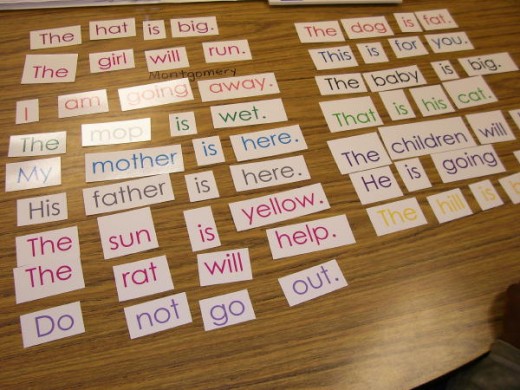
Teaching Spelling to Children
- Teaching Spelling to Children
Learn the importance of teaching children to use strategies, for learning new words and developing spelling skills.
Articles for Teaching Reading Skills
- Teach Reading to Kids with Everyday Texts
Discover how to maximize reading opportunities for children by taking advantage of texts encountered everyday in the world. - The Think Aloud Strategy for Teaching Reading
Learn about a highly effective strategy for instructing reading. Clear examples are given that help parents and educators instruct children in a way that makes a real impact on reading success. - Website Articles: A Great Reading Resource for Kids
Discover endless reading resources available on the web for children. Learn about the power of quality texts for developing reading motivation and explore practical tips for maximizing reading sessions with your child.





